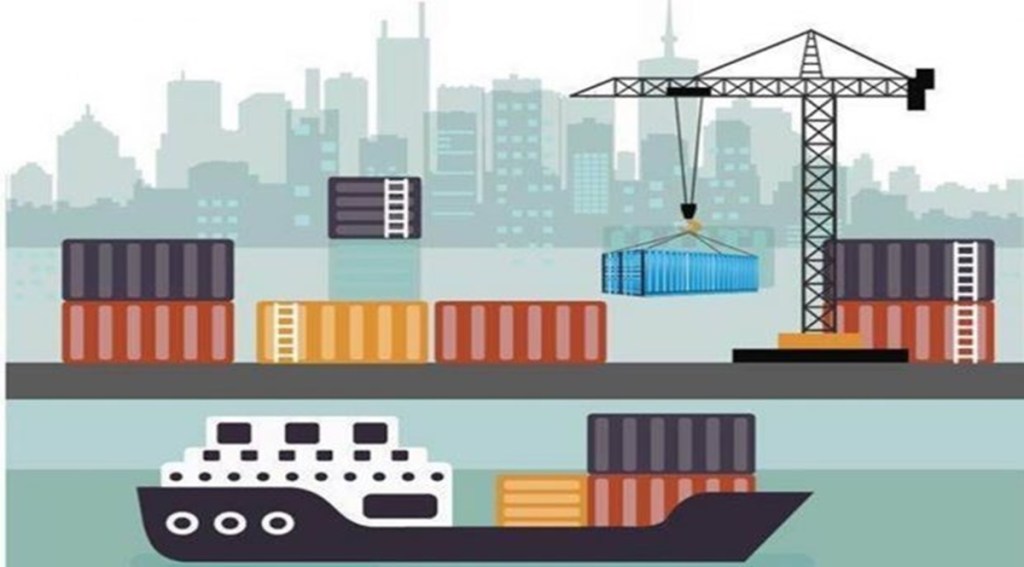At a time adverse headwinds are buffeting global trade—with huge monthly trade deficits due to surging imports—India has revamped its strategy towards free trade agreements (FTAs) to boost exports as an engine of growth. It is currently negotiating/planning several FTAs—with the UK, EU, Canada, Israel, Gulf Cooperation Council, among others. To fast-track this process, the fact that the government is mulling a proposal to set up an inter-ministerial panel should be welcomed. The warrant for such a panel is to ensure better coordination as differences on crucial and sensitive issues within ministries overseeing different sectors tend to delay FTA negotiations.
As reported by this newspaper, stakeholders with conflicting interests across sectors make negotiations hard. For instance, the domestic dairy industry’s apprehensions of stiff competition in dairy products from Australia and New Zealand were responsible in large part for India to walk out of the Regional Comprehensive Economic Partnership although some other sectors were less hesitant to join the grouping. Similarly, opposition from the automobile and electronics industry effectively prevented an early harvest agreement with Thailand 18 years ago to graduate into a full-fledged FTA.
The new thrust towards FTAs saw a comprehensive economic partnership agreement with UAE in March, followed by an economic cooperation and trade agreement with Australia. Talks are on for an agreement with UK by Diwali. India and EU resumed negotiations for an FTA after a gap of about nine years and are planning to launch the next round of talks in September. The ambitiousness in the deals with Australia and UK, however, is only for early harvest agreements or mini-FTAs for trade in a limited set of goods and services. They could be a precursor for a full-fledged FTA but only much later. A higher level of ambition was flagged by BVR Subrahmanyam, commerce secretary, when he cautioned Indian industry to brace for competition as the country was going to sign “very deep” FTAs.
“To make FTAs realistic and compliant with World Trade Organisation norms, we need to have at least 90% of trade covered under substantial liberalisation. We can’t be cherry picking. It will be a deep integration of economies. There will be some sensitive lines, of course”, he said, addressing the Confederation of Indian Industry’s Partnership Summit in December 2021.
The proposed inter-ministerial panel is clearly intended to facilitate such FTAs as they are higher order agreements that also entail regulatory policy reform. The FTA recently signed between EU and New Zealand, for instance, had provisions for sustainability and labour rights. The proposed FTA discussions with Israel must factor in its concerns over the violation of intellectual property rights norms. India has also joined the US-led Indo-Pacific Economic Framework which will define shared objectives on trade facilitation, standards for the digital economy and technology, supply chain resilience, decarbonisation and clean energy, infrastructure, and worker standards, among others. India might not be on the same page as the US on digital commerce and labour standards, for instance. Such new generation deals clearly call for greater stakeholder coordination within the government, cutting across various ministries and departments, as they entail more than preferential tariff-line liberalisation.


